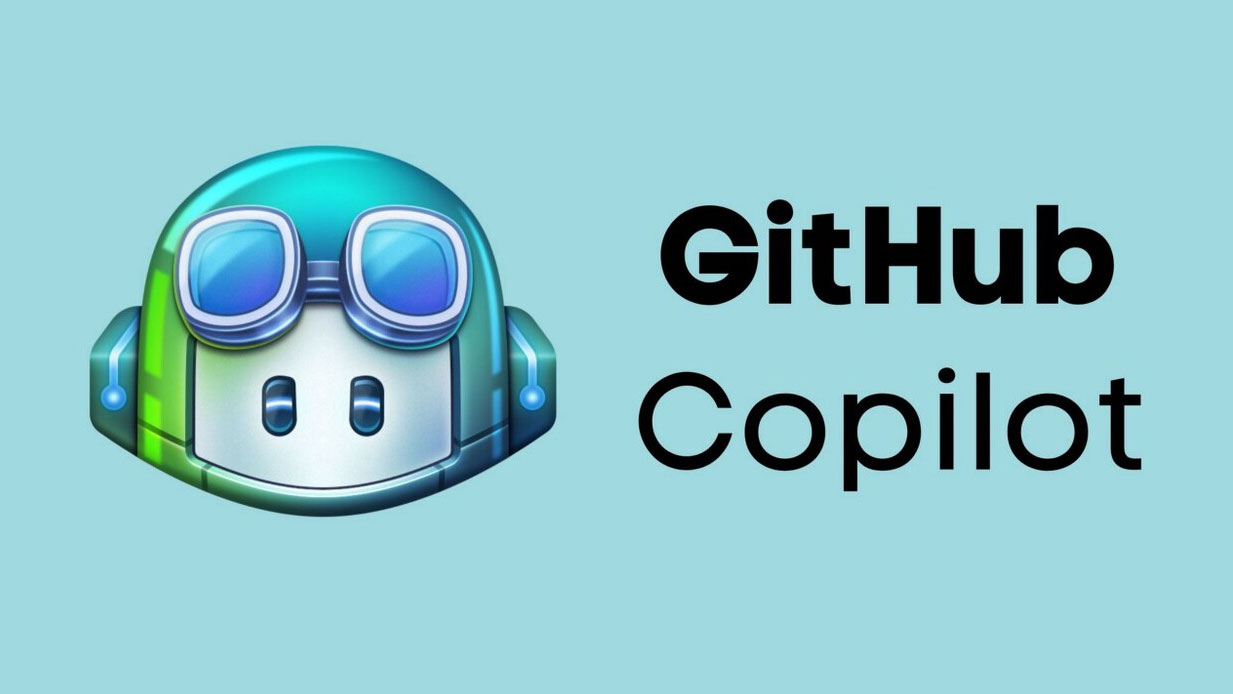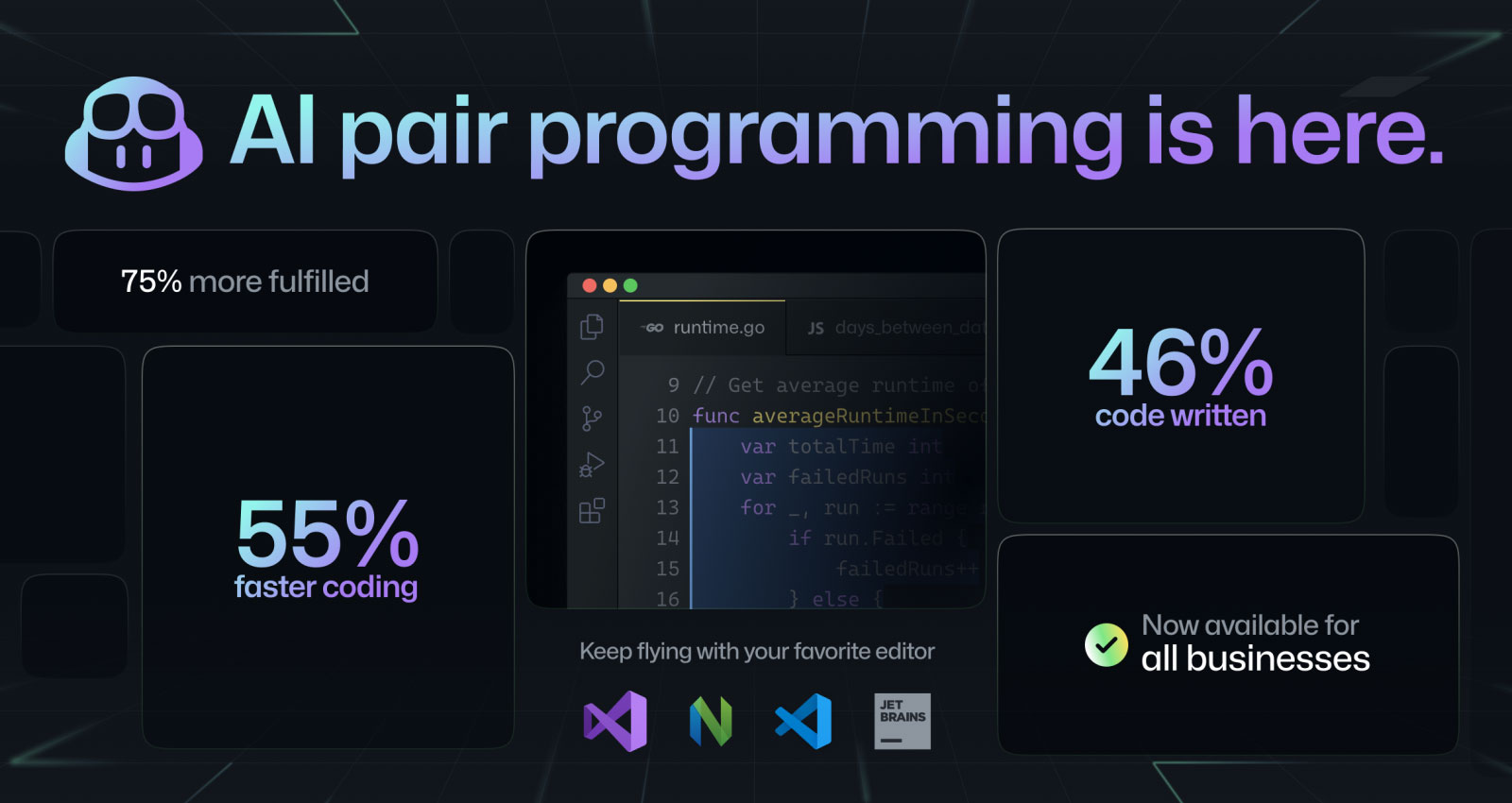Microsoft Lost $20 for Every $10 Copilot AI Subscription: Report
AI costs need to be passed on as big tech looks for profit.

A new report published by the Wall Street Journal looks into the issue of businesses profiting from AI. The thorny issue is simple, with the big hitters of tech like Microsoft, Alphabet, Adobe, and AWS spending a lot on AI, but customers are currently not paying enough for profits to be made.
In our startling headlining example, an insider told the WSJ that Microsoft used AI from its partner OpenAI to launch GitHub Copilot at $10 per month, but was losing >$20 per user per month on average in early 2023. Some Copilot users were even costing Microsoft as much as $80 per month.
It is well established that AI is a resource hog. Its proponents seem willing to invest in large quantities of expensive hardware, invest in associated software development, and run up power (and water) bills with abandon. As well as the large compute and data resources required to get an AI up and running, it must be maintained, upgraded, and serviced for competitive availability. But when will the returns on these big investments come?
Microsoft’s GitHub Copilot revenue-to-cost ratio doesn’t seem sustainable. We have previously seen companies like Microsoft absorb such costs early in a product development cycle to build a market, but the WSJ report indicates changes are already on their way.

Companies working to provide AI services will be striving for profit by attacking the cost problem from multiple angles. The source report suggests both Microsoft and Google intend to increase prices for AI-backed software and services. Multiple pricing tiers and more restricted AI access levels are being considered. Specifically, Microsoft and Google will charge $30 on top of their regular workplace software suite subscriptions for access to AI enhancements, it is claimed.
It doesn’t have to be all-or-nothing with AI if a provider wants to reins in costs. A good example of the rationing of AI is provided by Adobe, which uses a monthly credits system for access to its Firefly AI image generator.
To cut costs, companies are also looking at less powerful and cheaper AI tools, where they are good enough to get the job done. A relevant example here is to make use of ChatGPT 3.5 AI instead of the latest GPT-4, when it is adequate.
Get Tom's Hardware's best news and in-depth reviews, straight to your inbox.
Another way to cut the price of AI provision comes from the hardware side. It is known that some AI businesses are interested in making lower-power, cheaper, and more efficient processors to take on AI workloads.
AI to Get a ‘Cold Shower in 2024’
With all the above considered it isn’t surprising that investors are starting to view AI investments with more caution. A report published by CNBC today focuses closely on this concern. It says that generative AI is set for a “cold shower in 2024,” as the buzz dies and a reality check comes - with eyes on business features like development and running costs, risks and regulations.

Mark Tyson is a news editor at Tom's Hardware. He enjoys covering the full breadth of PC tech; from business and semiconductor design to products approaching the edge of reason.
-
Brian D Smith Gotta spend/lose money to make money...just ask Amazon and look where they are now.Reply -
ezst036 No wonder they are using CoPilot to add advertisements everywhere within Windows OS.Reply
https://www.techspot.com/news/100386-microsoft-copilot-can-show-third-party-advertising-windows.html
AI is indeed proving to be expensive and that's..... Hey did you know Nvidia is running a sale right now on RTX GPUs? /sarc -
Tim_124 Reply
Amazon never lost money per transaction. They had accounting losses, mainly due to plowing all their profits into expanding their infrastructure (warehouses and data centers) and taking depreciation on those, but they could have been “profitable” at any time if they scaled back their capital investments.Brian D Smith said:Gotta spend/lose money to make money...just ask Amazon and look where they are now.
This is different. This is basically directly subsidizing each user. A closer comparison would be a social network like Facebook, where they ran in the red to build a user base that would eventually be large enough to derive enough ad revenue to be profitable. Even there it’s not a perfect analogy as the incremental cost of a new user was well below the revenue they could expect from them.
Here it’s just each user sucking up way more resources, in both hardware and power, than the revenue they provide. They can’t grow their way out of that as each new user brings in less revenue than incremental costs to support them. -
Giroro Microsoft would save a lot of money if they would fix their search engine.Reply
They wouldn't need to be constantly re-generating custom answers to questions if we could simply find an already existing answer to our basic questions.
On another note, do you remember the 2001 movie "A.I. Artificial Intelligence"? There's a scene in that movie where the Jude Law had to pay an AI (played by Robin Williams) to get basic answers to simple questions.
That movie sucked. I don't want to live in that movie. -
jbo5112 "It is known that some AI businesses are interested in making lower-power, cheaper, and more efficient processors to take on AI workloads."Reply
Is there anyone who isn't? -
vehekos This is caused by the foolishness of unnecessarily moving computing to the cloud.Reply
Users' computers could do most, -if not all-, of the processing, and even a portion of the preprocessing would alleviate the load on the servers. -
purposelycryptic Reply
They need more customers to distribute the fixed costs across, and then hold on to their customer base for dear life as hardware gets more efficient and costs drop.Admin said:It is still early days for charging for AI services, but things need to change to create profitable and sustainable businesses.
Microsoft Lost an Average $20 for Every $10 GitHub Copilot AI Sub: Report : Read more
Their costs per user are pretty much as high as they are going to get - this isn't the time to scare customers off with higher prices, but to bite the bullet and drag them in before someone else does. Costs will drop with time, as they do, and you can only raise your prices so often without serious repercussions. Right now, when they are still building their user base, is possibly the worst time to do so. You drive out current customers and scare off potential ones. They really need to wait until they actually have a proper userbase, and they have used it enough to make switching to someone else a bigger pain than the price increase.